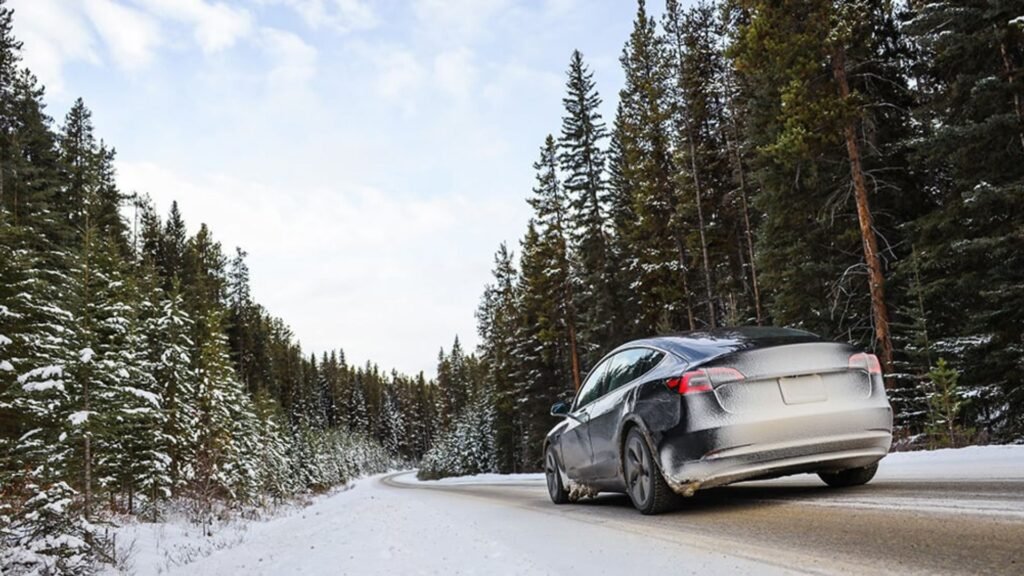Tips for Winterizing Your Electric Vehicle
Winterizing your electric vehicle is essential to keep it running smoothly during colder months. As temperatures drop, electric vehicles (EVs) can experience changes in performance, efficiency, and range. By preparing your EV for winter, you can ensure a comfortable and safe driving experience, even in freezing conditions. In this article, we’ll share practical tips for winterizing your electric vehicle to help you make the most of your car during winter.
1. Keep Your Battery Charged
One of the most important steps in winterizing your electric vehicle is to keep the battery charged. Cold weather can reduce the efficiency of an EV battery, leading to a decrease in range. To avoid running out of power, it’s a good idea to charge your vehicle more frequently during the winter. You should aim to keep the battery level above 20% to prevent any strain. Charging overnight or when the vehicle is parked in a garage will help keep the battery warm and more efficient.

2. Precondition Your Car
Preconditioning your car means warming up the battery and cabin before you start driving. This is a great way to maximize the range and comfort of your electric vehicle in the winter. Most EVs come with a preconditioning feature that can be controlled via a smartphone app or directly from the car’s dashboard. By setting the car to warm up while it’s still plugged into the charger, you use grid power instead of battery power, which helps save energy and maintain range.
3. Use Eco-Mode
Using eco-mode is another effective strategy for winterizing your electric vehicle. Eco-mode limits the power output and optimizes energy usage, which helps extend the range. This feature reduces the amount of energy used by the heating system, which can be a major drain on the battery in cold weather. When driving in eco-mode, you may notice a decrease in acceleration, but this trade-off can help you travel further without needing to recharge.
4. Check Tire Pressure Regularly
Tire pressure can drop in cold weather, affecting your vehicle’s efficiency and safety. As part of winterizing your electric vehicle, make it a habit to check tire pressure regularly. Underinflated tires can increase rolling resistance, which reduces range and makes handling more difficult. Refer to your vehicle’s manual for the recommended tire pressure and make adjustments as needed to ensure optimal performance.
5. Keep the Battery Warm
A cold battery can reduce an EV’s efficiency and limit the driving range. To keep the battery warm, park your electric vehicle in a garage or sheltered area when possible. If you don’t have access to a garage, consider using a thermal blanket specifically designed for EV batteries. These blankets can help maintain a stable temperature and improve battery performance during winter months.
6. Limit the Use of Cabin Heaters
Heating the cabin can be a significant drain on an EV’s battery. To conserve energy while winterizing your electric vehicle, try to limit the use of cabin heaters. Instead, use seat warmers and heated steering wheels if your car is equipped with these features. These alternatives use less energy and provide targeted warmth, helping to maintain a comfortable temperature without sacrificing battery life.
7. Monitor Your Driving Habits
Your driving habits can impact the efficiency of your electric vehicle, especially in winter. Accelerating gently, maintaining a steady speed, and avoiding rapid braking can help improve your EV’s range. When winterizing your electric vehicle, make a conscious effort to adopt more energy-efficient driving practices. This will not only extend your range but also contribute to the overall longevity of your vehicle.
8. Plan Your Routes Carefully
Planning your routes carefully is essential when winterizing your electric vehicle. Cold weather can reduce your driving range, so it’s important to map out your trips and know where charging stations are located along your route. Having a plan in place will reduce the risk of running out of power, especially on longer journeys.
Conclusion
Winterizing your electric vehicle is essential for maintaining its performance, range, and safety during colder months. By following these tips—such as keeping the battery charged, preconditioning your car, and monitoring your driving habits—you can ensure a smooth and reliable driving experience. Preparing your EV for winter will not only improve its efficiency but also give you peace of mind on the road.

